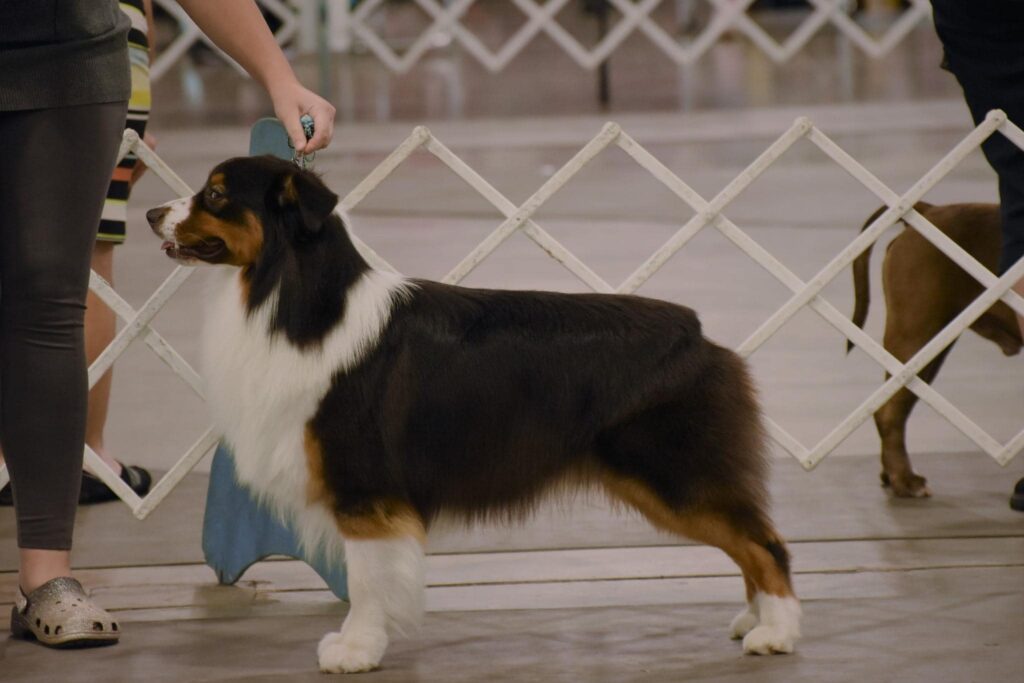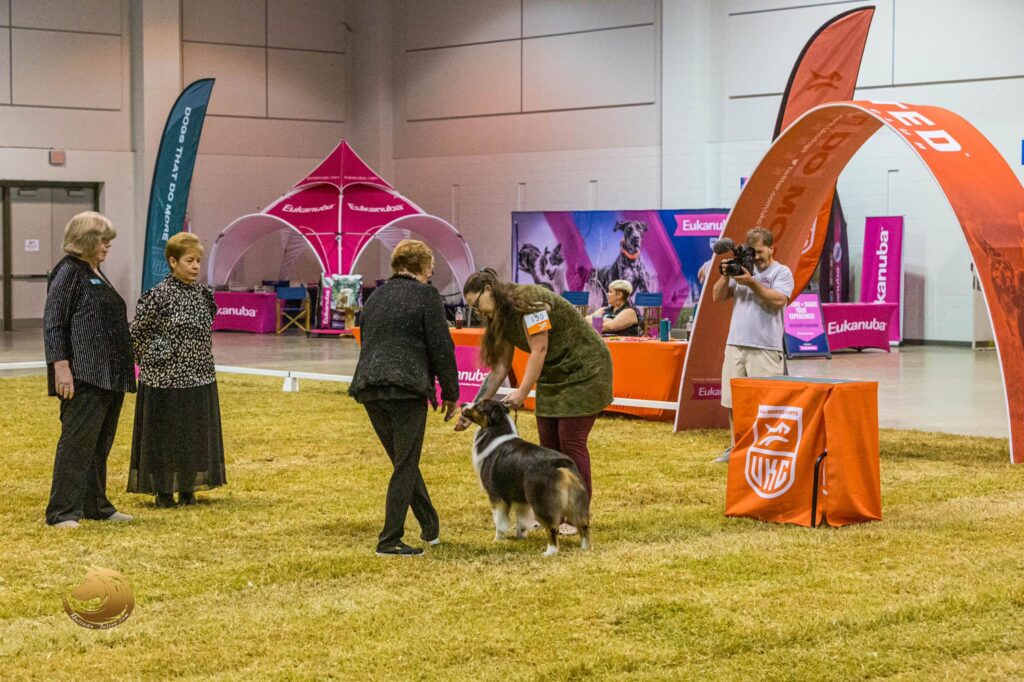Conformation is a sport in which breeds recognized by kennel club organizations are evaluated against their specific breed standard. A breed standard is what describes the most ideal example of a breed including physical appearance and temperament. These standards are written and approved by the parent club of each breed and it’s these descriptions upon which a dog is judged. The dogs that are chosen as winners are the individuals deemed by the judge on that day to fit the breed standard most closely.
So, why is this important?

Structure
Structure is one of several points being evaluated in the show ring. The formal definition of structure is: the arrangement of and relations between the parts or elements of something complex. When evaluating a dog’s structure, we are looking at how the dog is put together. You will often hear the phrase, “form follows function” and this rings very true. We are looking for a balanced dog with correct front and rear assembly and other structural features specific to their breed. At the end of the day, a dog’s structure should allow for the ability to perform the tasks that the breed was originally developed to do. Correct structure is also important for longevity. A dog that is correctly put together will will be much more resilient in the long run when it comes to things like joint issues and wearing down from years of regular impact.

Temperament
Temperament is another important aspect we evaluate in the show ring. The formal definition for temperament is: a person’s or animal’s nature, especially as it permanently affects their behavior. Each breed’s standard should have a sufficient description for temperament as this can vary wildly across different breeds. What is correct for one breed will not necessarily be correct for another and temperament is another reflection on a breed’s original purpose. This makes temperament very genetic. It is also an extremely important cornerstone when it comes to breeding decisions. Extreme fear or shyness in the show ring is penalized. Whether our dogs are considered friendly and excitable, or reserved and independent, a mentally sound dog is extremely important.
Breed Type
Breed type can be described in a fairly simplistic way. If you look at a dog, does he look like the breed he is claimed to be? You should be able to look at a dog and, without a doubt, be able to say, “Yep, that definitely looks like a(n) [insert breed]!” A dog that is lacking in breed type is one that is not the best example of his breed and should be penalized in the ring.
Movement
Movement is exactly what it suggests. This is how the dog moves around the ring and during the down and back. Like temperament, what is correct for one breed may not be correct for another. Each breed standard will have a description for correct movement. This is something that goes hand-in-hand with structure, as an incorrectly put together dog will not move correctly. A dog’s movement should not hinder him when it comes to doing the job he was bred to do. By evaluating movement, we are evaluating the dog’s structure in motion.
So, Why Do We Do This?
There are multiple answers to this question, depending on who you ask. Conformation is a sport and many of us are out here doing this as another way to enjoy our dogs. For the purposes of this article, however, we must think about the original purpose of dog shows. This was to evaluate breeding stock. Conformation is a tool to evaluate breeding decisions. For a dog to be worthy of breeding, he must be an excellent example of the breed. Structure, temperament, movement, breed type, all of these things tie in together and are things we should aim to improve with every generation. Breeding is done, at the end of the day, to preserve and improve breeds. Showing in conformation is just one way to work toward breed preservation. For more information you can check out AKC’s website.